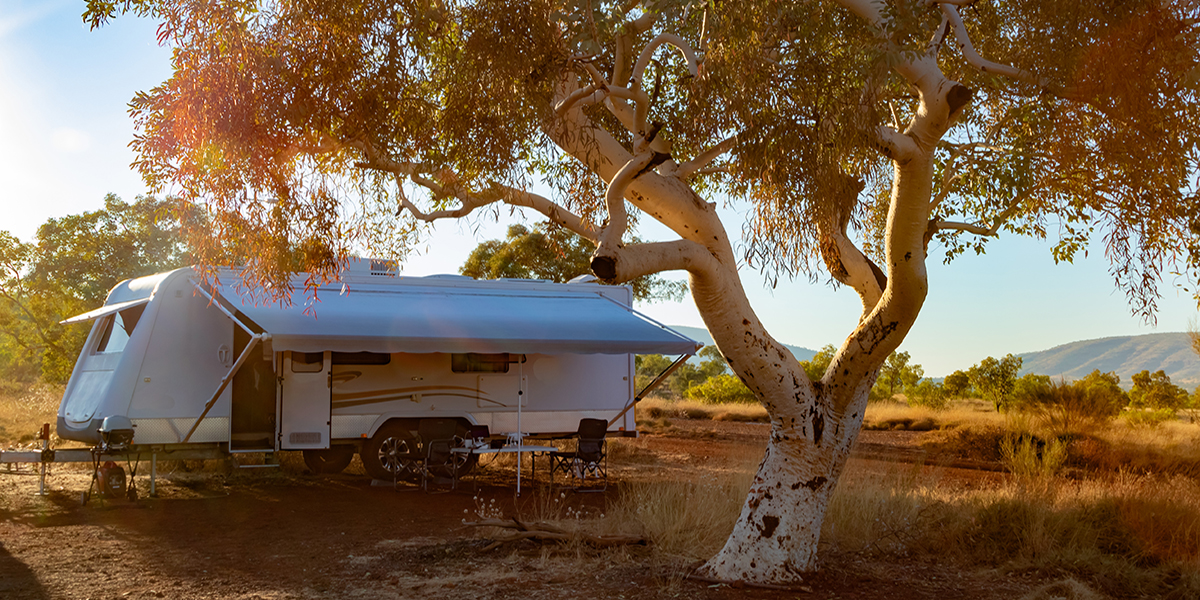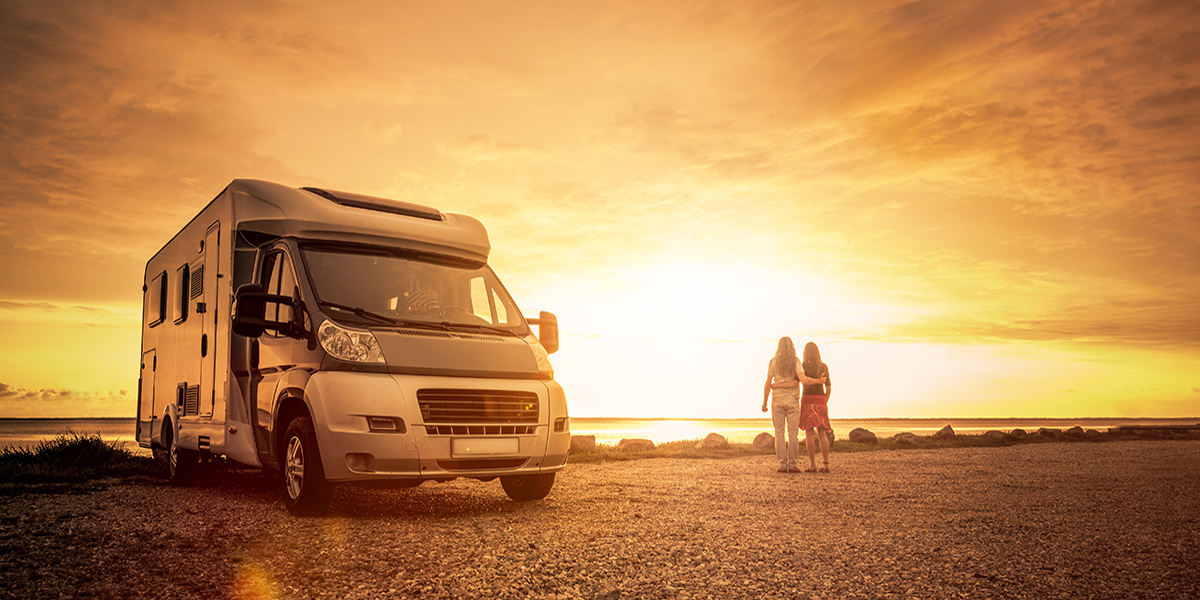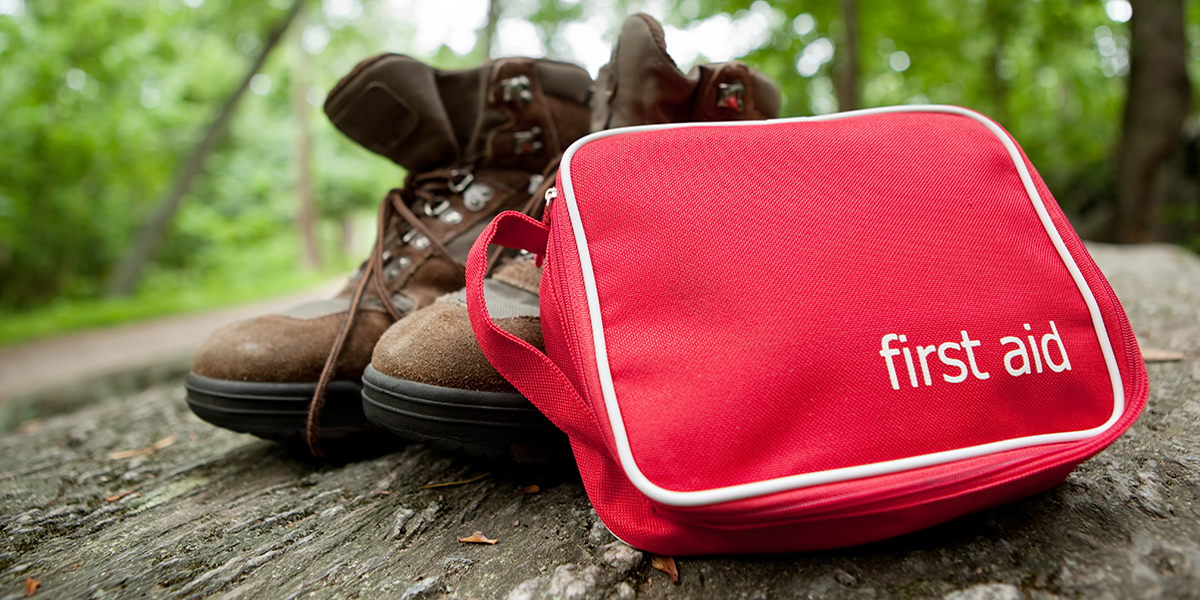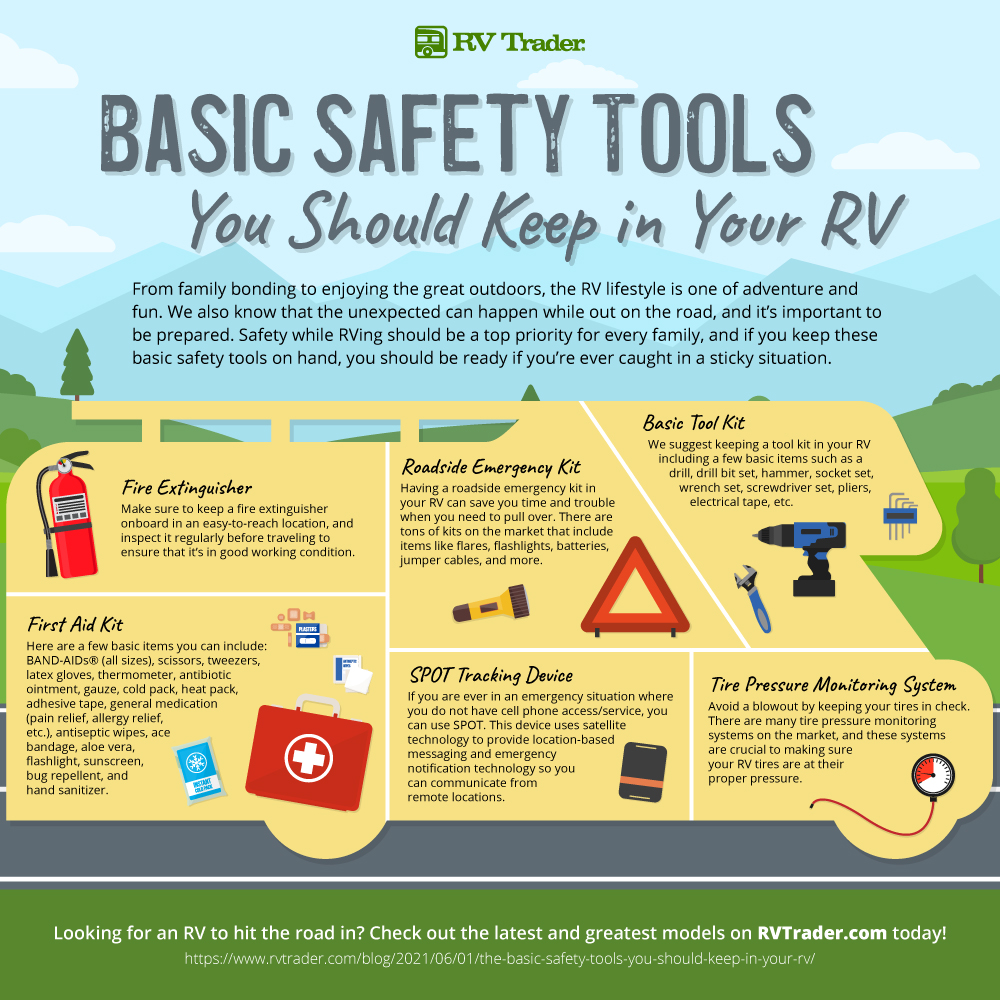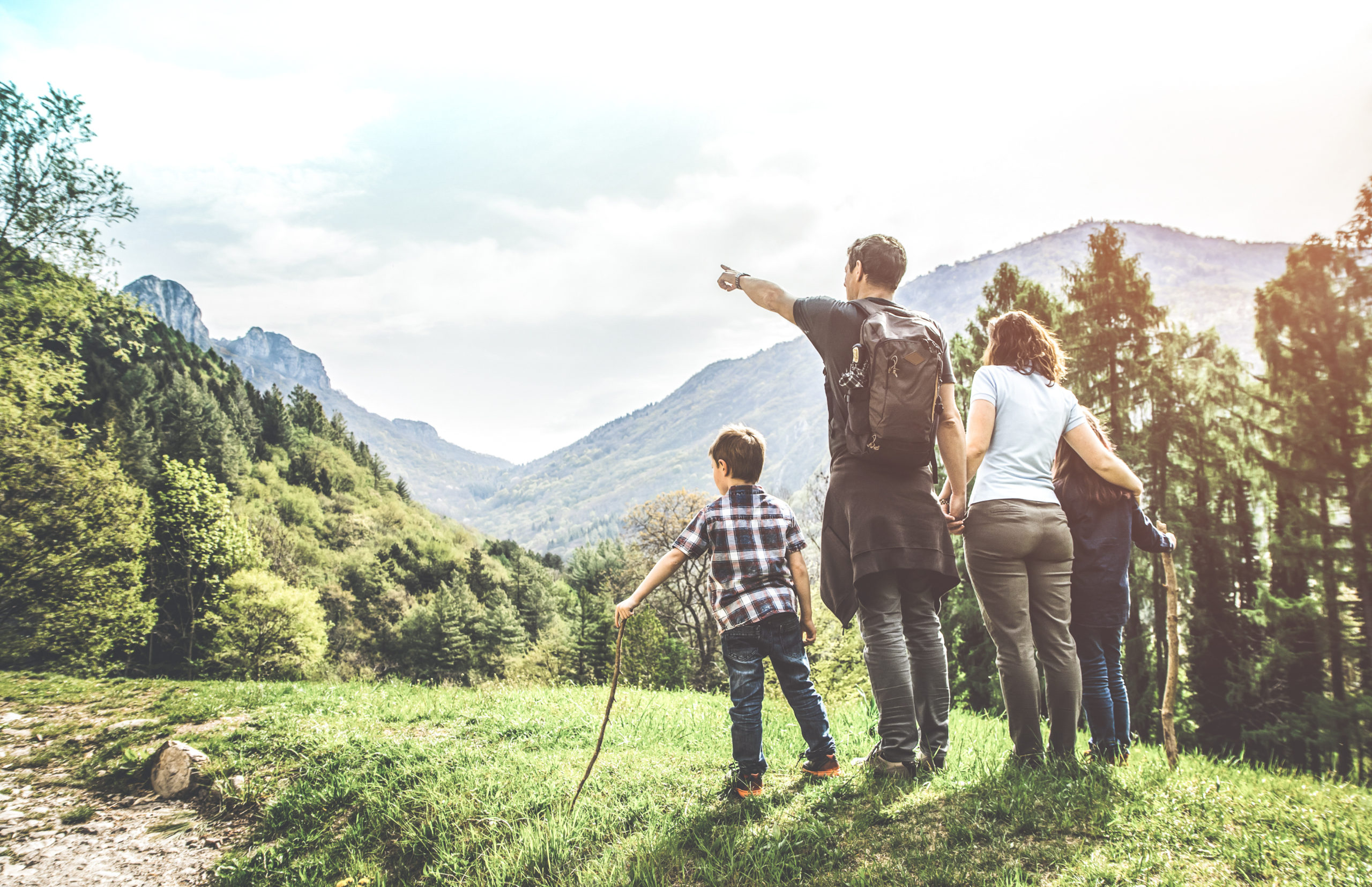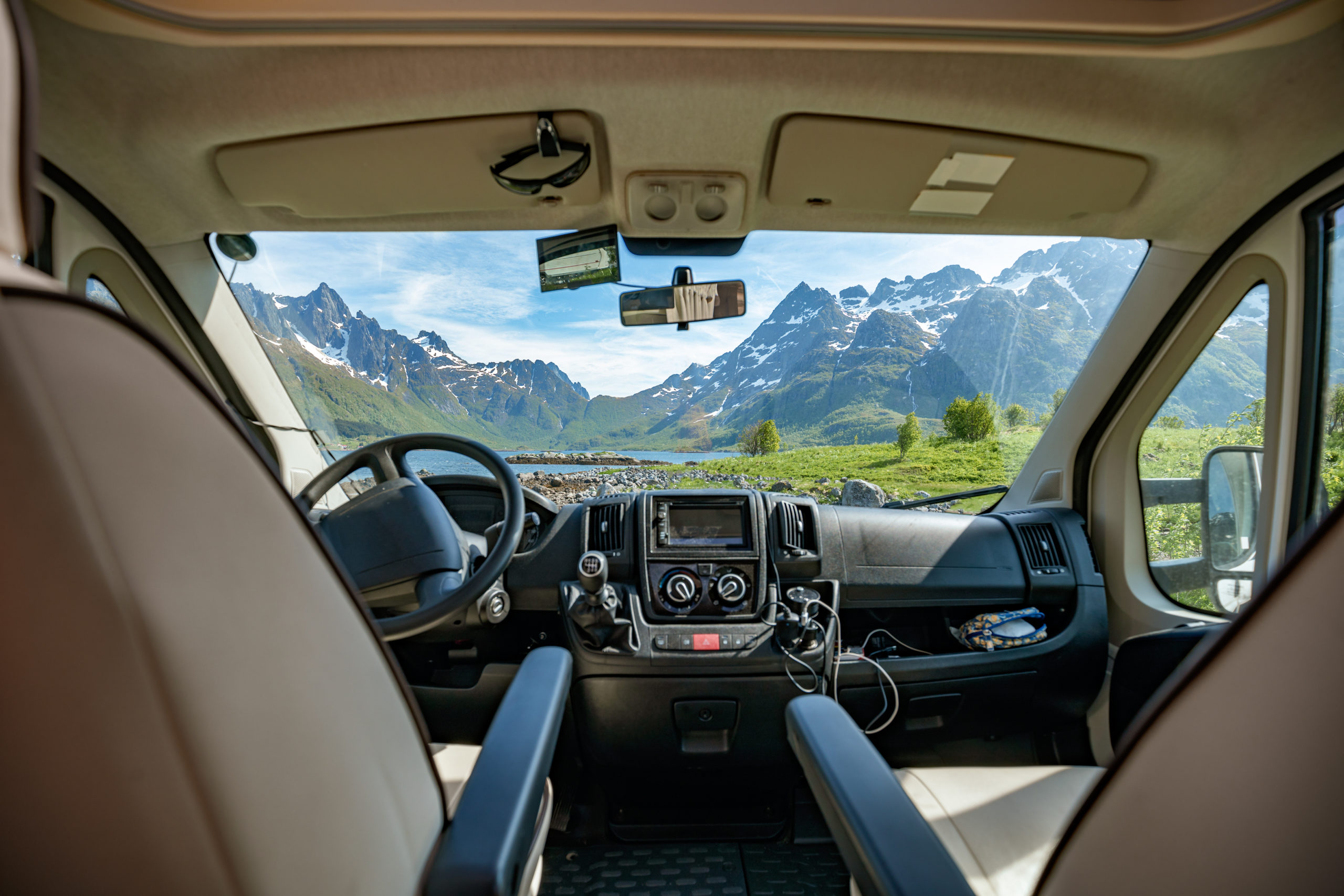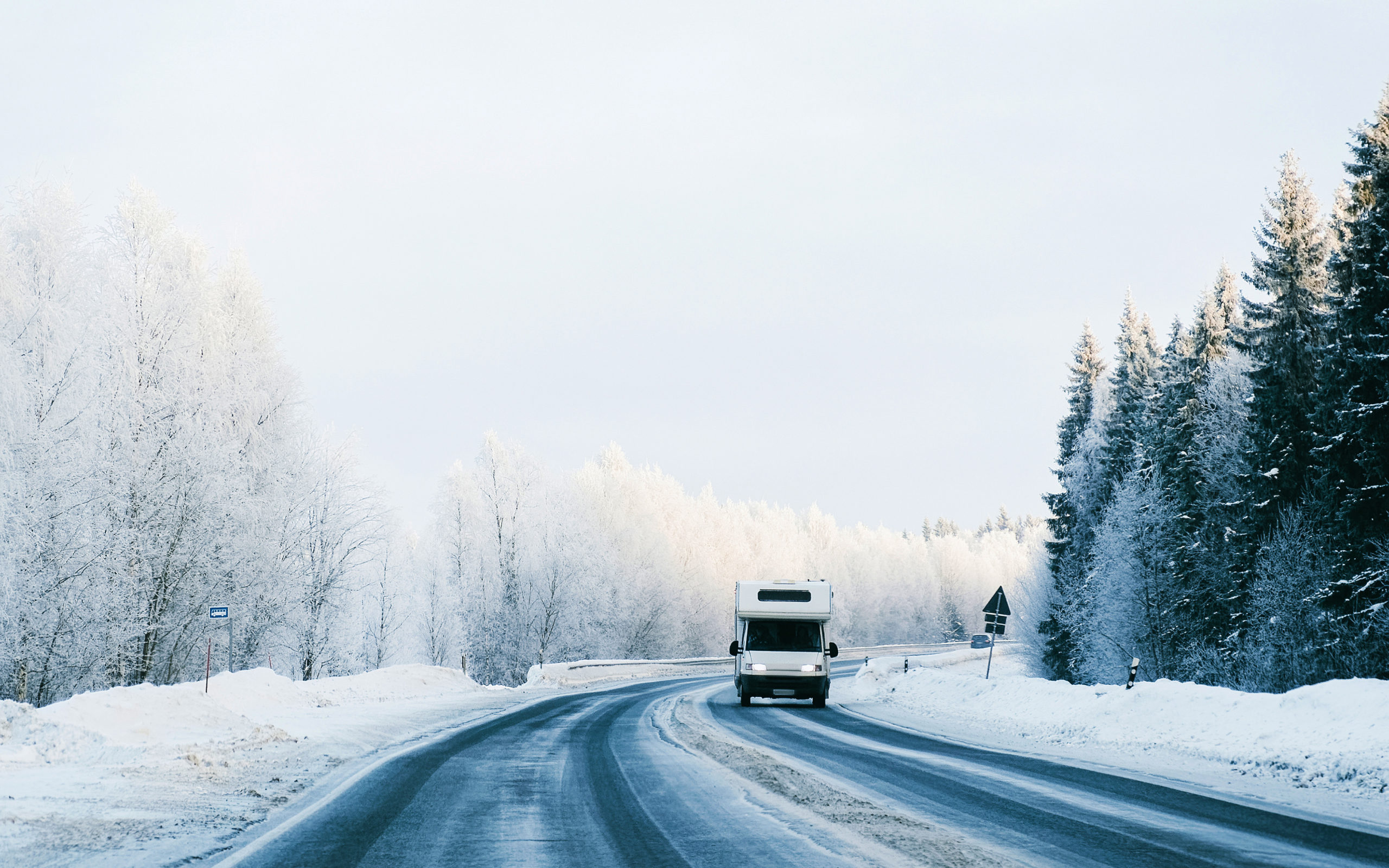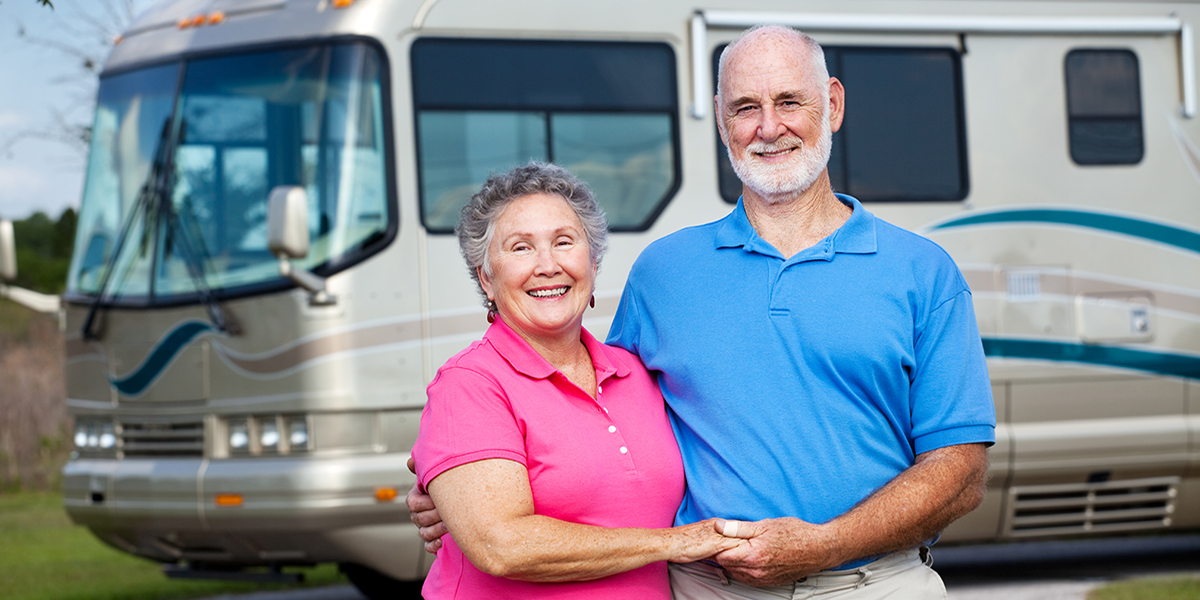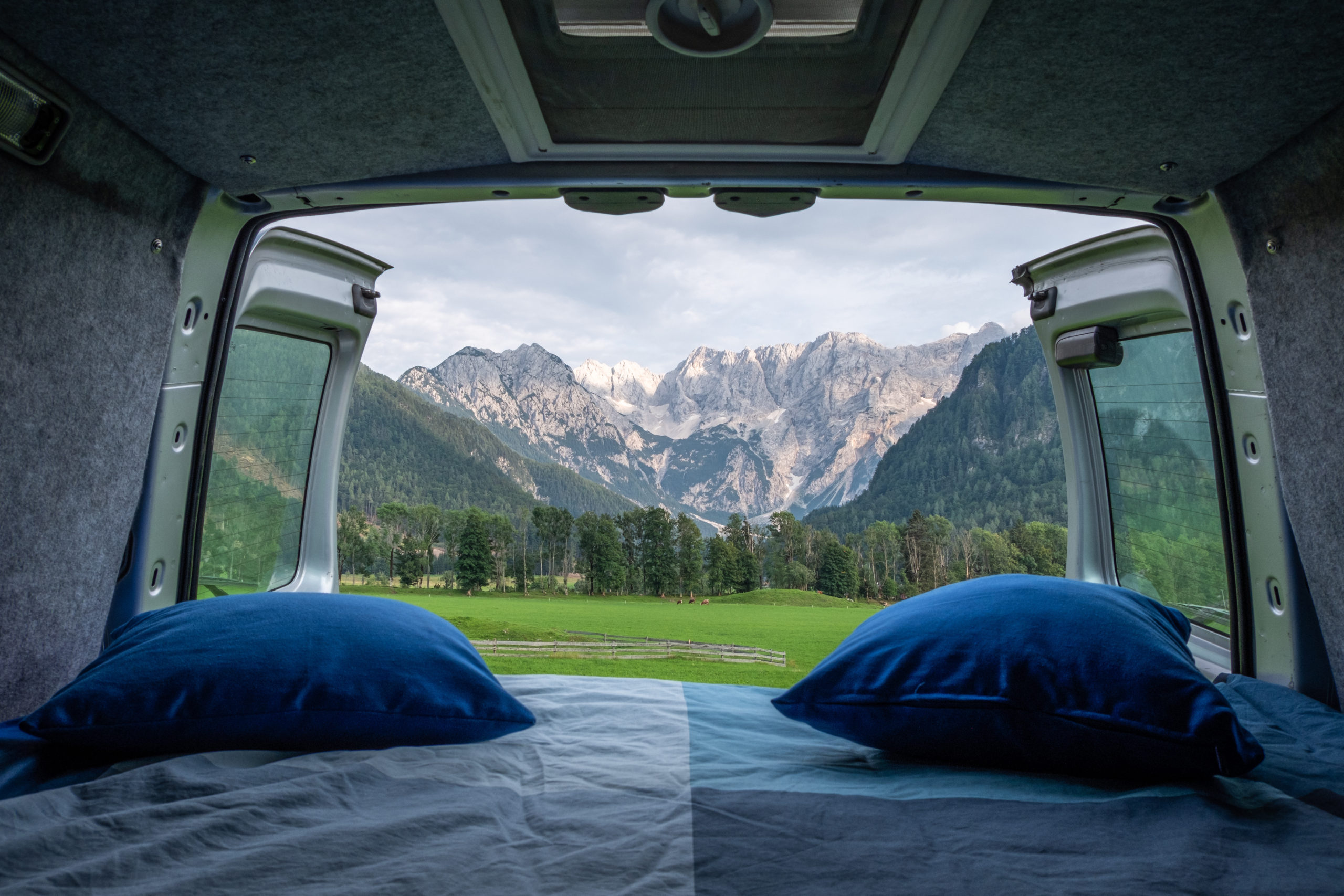Whether you’re road tripping through the mountains or taking a quick weekend getaway to the lake, RVing can show us some of the greatest joys and frustrations that traveling has to give. But now that technology has come such a long way, we have tools that allow us to make the good times even better. The best part? We now have the ability to easily access all of these resources in the palm of our hands.
Check out these 10 awesome apps to make the most out of planning, executing, and problem-solving on your next RV trip!
AllStays Camp And RV ($9.99)
AllStays Camp and RV app is the ultimate app for RVers. This camping app easily lets you find nearby campgrounds and RV parks without the need for internet access. AllStays includes more than 30,000 campgrounds in the U.S. and Canada so you’re sure to find the perfect fit for your needs. You can easily filter your search to look for specific campgrounds or locations, or even parking lots where you can boondock for the night – the options are endless!
Gas Buddy (free)
Gas Buddy is helpful no matter what you drive because it helps you find the cheapest gas in your area and makes pit stops quick and painless. You can even refine your search by price, location, brand, and other amenities like restaurants and restrooms which are super helpful during a long trip. This app loves, and rewards, user participation by encouraging you to report prices and leave reviews for the chance to win giveaways. You can even pay for your gas within the app and receive additional discounts.
Oh, Ranger! (free)
Oh, Ranger! is an app ideal for helping you plan your trip before you go. If you’re making your way to multiple destinations, Oh, Ranger! eliminates the need to research while you’re on the road or camping. This app works as a database, helping you find the perfect campsite, national park, national forest… the list goes on. Enjoy time with your family in nature without wondering what your next destination is going to be with this app.
Roadtrippers (free)
This app was built for adventure-loving travelers because you’re always minutes away from something awesome with Roadtrippers. Whether you’re planning an epic cross-country road trip or a weekend escape, you can discover millions of places like local diners, quirky roadside attractions, scenic points, national parks and hotels with the click of a button. Plan trips directly from the app, or through the web at roadtrippers.com then share them with your friends. Any trips you’ve saved or places you love will be synced automatically across devices, so you don’t have to worry about manually syncing them yourself. Get your roadtripping on with Roadtrippers today!
Passport America
Passport America is a discount camping club and offers 1,800 locations for members to save while camping in the US, Canada, and Mexico. Both members and non-members can browse the directory of participating campgrounds, RV Parks, Resorts, and more. Locate parks near you, or save future parks for later. The app is free, and paid membership with Passport America is surprisingly low cost for the deals you get!
Waze (free)
Waze is a GPS navigation app that suggests multiple routes, provides turn-by-turn directions, route details, and travel times. But this isn’t your average GPS app. It takes navigation to the next level by letting other motorists share information on traffic, police presence, and potential hazards along your route, and as a user, you can share that same information with others along the way.
Night Sky (free)
The Night Sky app encourages you to get out of your RV or tent and experience stargazing in a new way. Night Sky helps you quickly identify planets, constellations, and satellites by holding your iPhone, iPad, or even your Apple Watch into the sky. The app has been coined as a “planetarium in your pocket” and lets you explore the night sky with Augmented Reality (AR). As a bonus, it will even tell you optimal times for stargazing.
Harvest Hosts (free)
Are you looking for a unique camping experience? Harvest Hosts can help! The app allows users to find free places to stay ranging from 1900+ wineries, breweries, farms, museums, golf courses, and other unique attractions. If you’re looking to change things up from boondocking in parking lots or staying at traditional campgrounds, you’ll want to check out Harvest Hosts. The app encourages you to support local economies by making purchases from your hosts as a thank you for their hospitality.
AllTrails (free)
As RVers, many of us love to connect with the great outdoors and the app AllTrails lets you do just that. If you’re looking to explore, let AllTrails help you find the best trails near you! The app hosts more than 200,000+ hand-curated trail maps to help guide you along your journey or help you pick your next great adventure. The trails are crowd-sourced from travelers just like you. The app allows you to record your adventures, set your favorite trails, and so much more!
RV Trader (free)
We obviously couldn’t just end this article without mentioning our favorite app of them all – the RV Trader app! Whether you’re actively searching or just browsing for fun, our app has thousands of for-sale motorhomes for you to look through. In the app, you have the option to filter your listing search by type, location, year, make, price, mileage, and so much more, taking the hassle out of finding your new RV. You can also easily save your searches and can quickly calculate payments for the unit of your dreams. If you’re looking to sell your RV, our app also gives you easy access to post a listing on our site.
Do you have any apps you swear by? Let us know in the comments below! And if you’re in the market for a new RV, don’t forget to check out the most up-to-date models on RVTrader.com.

